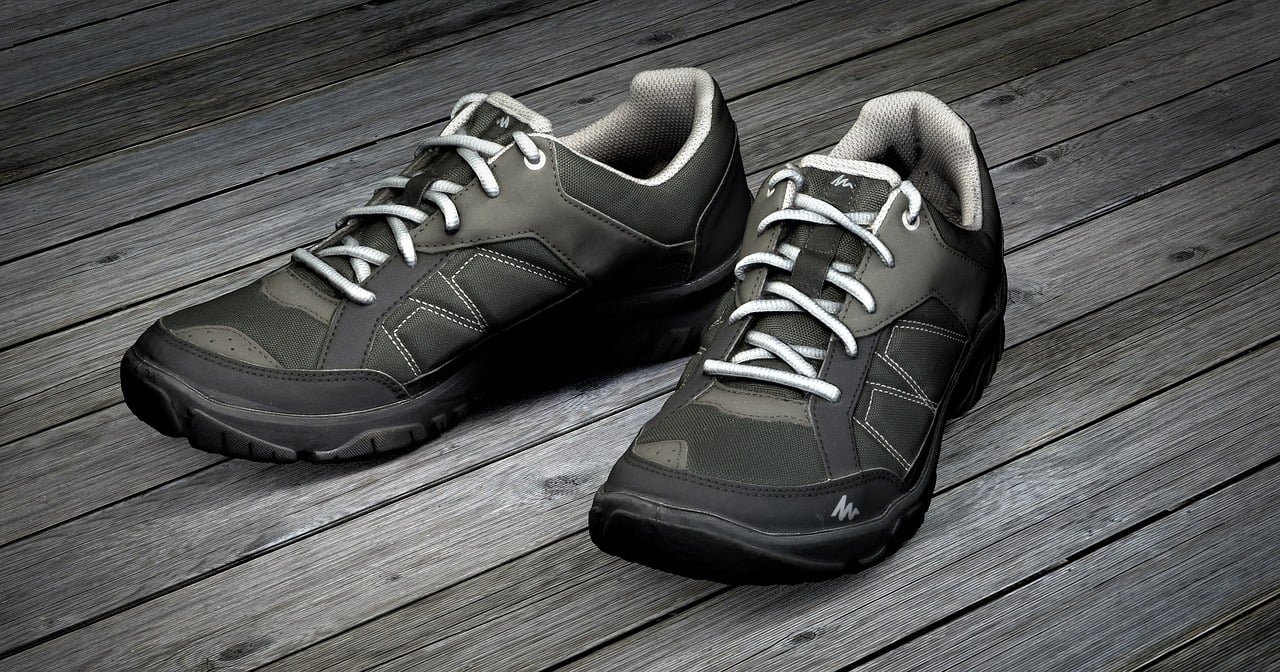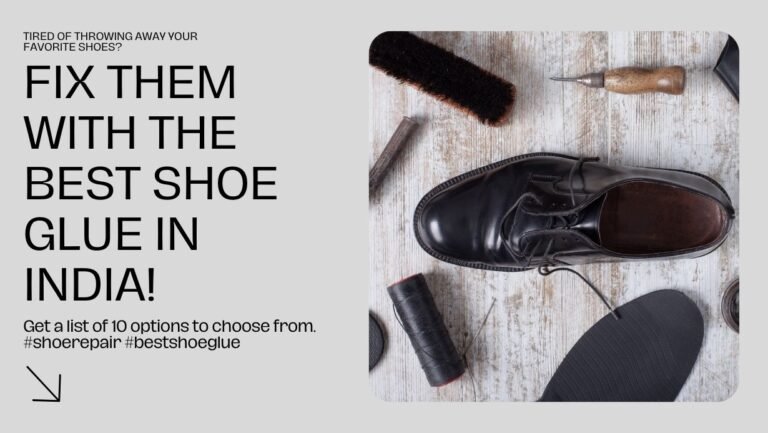Are you looking for the perfect shoe for trekking? If so, you may be wondering if sports shoes are suitable.
While there certainly can be advantages to using them, there are also disadvantages to consider.
In this article, we’ll explore the pros and cons of sports shoes for trekking as well as what types are best suited and how to care for them.
You’ll also learn about some alternatives that may suit your needs better.
So if you’re considering using sports shoes for trekking, read on!
Key Takeaways
- Sports shoes provide comfort, durability, and lightweight support for trekking.
- They offer cushioning and shock absorption, protecting against sharp rocks and slippery surfaces.
- Sports shoes allow feet to breathe and keep them dry, but may not be suitable for long-distance hikes or wet conditions.
- It is important to choose the right footwear for trekking, considering support, cushioning, traction, and durability.
Advantages of Using Sports Shoes for Trekking
You can benefit from using sports shoes for trekking. They provide comfort and durability. Weight considerations are a plus. Sports shoes tend to be lightweight and don’t add unnecessary strain on your feet or legs.
The soles offer protection against both sharp rocks and slippery surfaces. This makes them versatile in different terrains. The cushioning absorbs shock and provides stability. So, you can maintain balance with each step taken.
Sports shoes also allow your feet to breathe. They keep them dry when walking through mud or snow. Overall, they make an ideal choice for trekking!
Disadvantages of Using Sports Shoes for Trekking
Using sports shoes for trekking isn’t ideal, as they’re not designed to handle the pressure of long-distance hikes. They lack support and cushioning in key areas, compromising comfort and safety.
The soles are generally too thin to protect against sharp objects, like rocks or twigs. Plus, their breathability means that your feet won’t stay dry if you encounter wet conditions.
Footwear safety and climate considerations mean that it’s best to choose specific trekking shoes for the task.
Types of Sports Shoes Suitable for Trekking
When choosing shoes for trekking, look for a pair that offers the best combination of support, cushioning, and protection. Sports shoes can be a great option as they often feature lightweight materials that provide flexibility and comfort while still offering adequate traction optimization for outdoor terrain.
Look for breathable fabrics to keep your feet cool during hot days and durable materials to ensure your shoes last through any challenging conditions. The right sports shoe can give you the freedom you need to explore all kinds of trails!
Care and Maintenance of Sports Shoes
Maintaining your sports shoes properly can keep them in good condition for longer. Cleaning regularly and using the right cleaning methods is important, so that dirt and grime won’t build up.
You should also allow a breaking in period for new shoes to make sure they fit comfortably. Make sure you clean off any mud or debris after each use, as well as applying waterproofing treatments before and after a trek.
Properly caring for your shoes will ensure you get the most out of them on every adventure!
Alternatives to Sports Shoes for Trekking
If you’re headed out on a trek, there are alternatives to sports shoes which can provide comfort and protection.
Hiking boots are the best option for rough terrain, and trail sandals work great in dry climates. They offer superior traction and cushioning, with added ankle support for more stability.
For warmer weather, lightweight canvas sneakers or slip-on shoes with good grip are ideal options – they’re breathable and allow your feet to move freely.
Whatever your choice, make sure it’s comfortable and suited to your environment for the best outdoor experience!
Frequently Asked Questions
Are sports shoes necessary for trekking?
You don’t need sports shoes for trekking, but they can be helpful in protecting your feet and providing better grip on the terrain. The tread design of sports shoes is usually better suited for outdoor activities like trekking, making it easier to safely navigate uneven surfaces. So if you’re looking for freedom and comfort while exploring the outdoors, consider investing in a pair of quality sports shoes.
How much does a good pair of sports shoes for trekking cost?
When choosing a good pair of sports shoes for trekking, consider sizing factors and terrain types. A quality pair can range from $50 – $200 based on the features you need to ensure your journey is safe and successful. Invest wisely in your footwear and enjoy the freedom of exploring nature!
Are there any safety considerations when using sports shoes for trekking?
Yes, safety considerations are important when using sports shoes for trekking. Ensure a proper fit and weather protection to reduce the risk of injury or discomfort while out on the trail. Consider investing in specialized footwear for better traction and grip, as well as better cushioning and durability.
How long do sports shoes for trekking last?
The weatherproofing and cushioning abilities of sports shoes for trekking will vary depending on the brand and type. Generally, they can last several months if you take good care of them and only use them in appropriate conditions.
Is it possible to customize sports shoes for trekking?
Yes! You can customize sports shoes for trekking by selecting the perfect sizing options and tread designs. Get the freedom to choose exactly what you need for your next adventure!
Conclusion
At the end of the day, it’s up to you to decide if sports shoes are right for your trekking needs. If you choose to go with them, make sure they’re a good fit and properly maintained. With proper care, they can provide great support and comfort while on the trail.
However, if you’re looking for something more specialized or durable, there are plenty of alternatives available that can give you better performance and protection.
Regardless of what type of footwear you choose, happy trekking!







